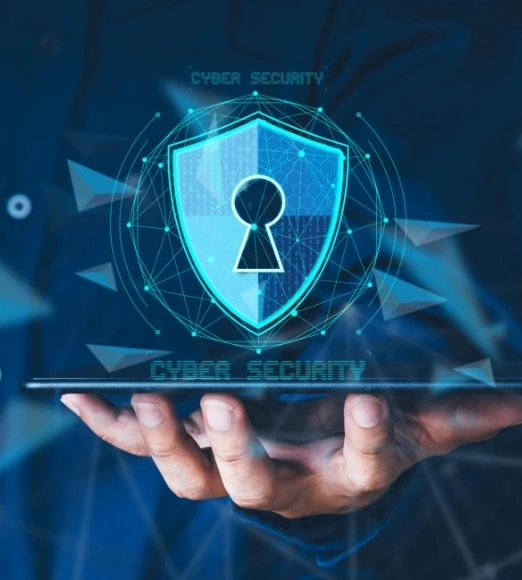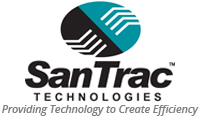NIST Framework

What is the National Institute of Standards and Technology Cybersecurity Framework (NIST CSF)?
The NIST CSF is a comprehensive set of guidelines and best practices developed by the National Institute of Standards and Technology to help organizations manage and improve their cybersecurity posture. It consists of three main components:
- Core: The Core is a set of 23 cybersecurity activities and outcomes that are organized into five functions: Identify, Protect, Detect, Respond, and Recover. The Core provides a common language and framework for organizations to express their cybersecurity risk management activities and outcomes.
- Implementation Tiers: The Implementation Tiers describe the degree to which an organization’s cybersecurity risk management practices exhibit the characteristics defined in the Framework. The Tiers range from Partial (Tier 1) to Adaptive (Tier 4) and describe an increasing degree of rigor.
- Profiles: A Profile is a description of the cybersecurity risk management activities and outcomes that an organization orients to or aspires to achieve. A Profile can be developed for any organization, regardless of its size, sector, or mission.

NIST Framework Functions and Categories
The NIST CSF provides a structured and adaptable approach for organizations to assess, improve, and communicate their cybersecurity efforts, helping them better manage and mitigate cyber risks. It is organized around five core functions, each of which has associated categories:
- Identify: The Identify function helps organizations understand their assets, identify their risks, and develop a plan to mitigate those risks. Categories include Asset Management, Business Environment, Governance, Risk Assessment, Risk Management Strategy, and Supply Chain Risk Management.
- Protect: The Protect function helps organizations implement safeguards to protect their assets from unauthorized access, use, disclosure, modification, or destruction. Categories include Identity Management, Authentication and Access Control, Awareness and Training, Data Security, Information Protection Processes and Procedures, Maintenance, and Protective Technology.
- Detect: The Detect function helps organizations identify and respond to cyberattacks. Categories include Anomalies and Events, Security Continuous Monitoring, and Detection Processes.
- Respond: The Respond function helps organizations recover from cyberattacks and minimize the impact on the organization. Categories include Response Planning, Communications, Analysis, Mitigation, and Improvements.
- Recover: The Recover function helps organizations restore systems and data to a known good state after a cyberattack. Categories include Recovery Planning, Improvements, and Communications.
NIST Framework
The NIST CSF is a set of best practices for managing cybersecurity risk. The framework is made up of five functions: Identify, Protect, Detect, Respond, and Recover.
Here are the areas where we can help you in complying with the NIST CSF:
- Understanding the framework and its components
- Implementing the necessary security controls
- Assessing your cybersecurity posture
- Developing a plan to improve your security posture
Comprehensive solutions and services to meet any and all of your
security needs, including:
Security Assessments
Comprehensive, ongoing evaluations of your business and IT environment allow us to identify and minimize your risks
Email Security
Comprehensive, ongoing evaluations of your business and IT environment allow us to identify and minimize your risks
Backup & Disaster
Recovery
Comprehensive, ongoing evaluations of your business and IT environment allow us to identify and minimize your risks
Dark Web Monitoring
Proactive scanning, real-time alerts, and other intelligence capabilities help stop your private information from being exploited
User Training
Up to date, practical knowledge and skills help your staff use technology safely and eliminate threats
24/7 Network Monitoring
Advanced firewalls, strict user access controls, 24/7 intrusion monitoring and prevention, and more to protect you at the perimeter

